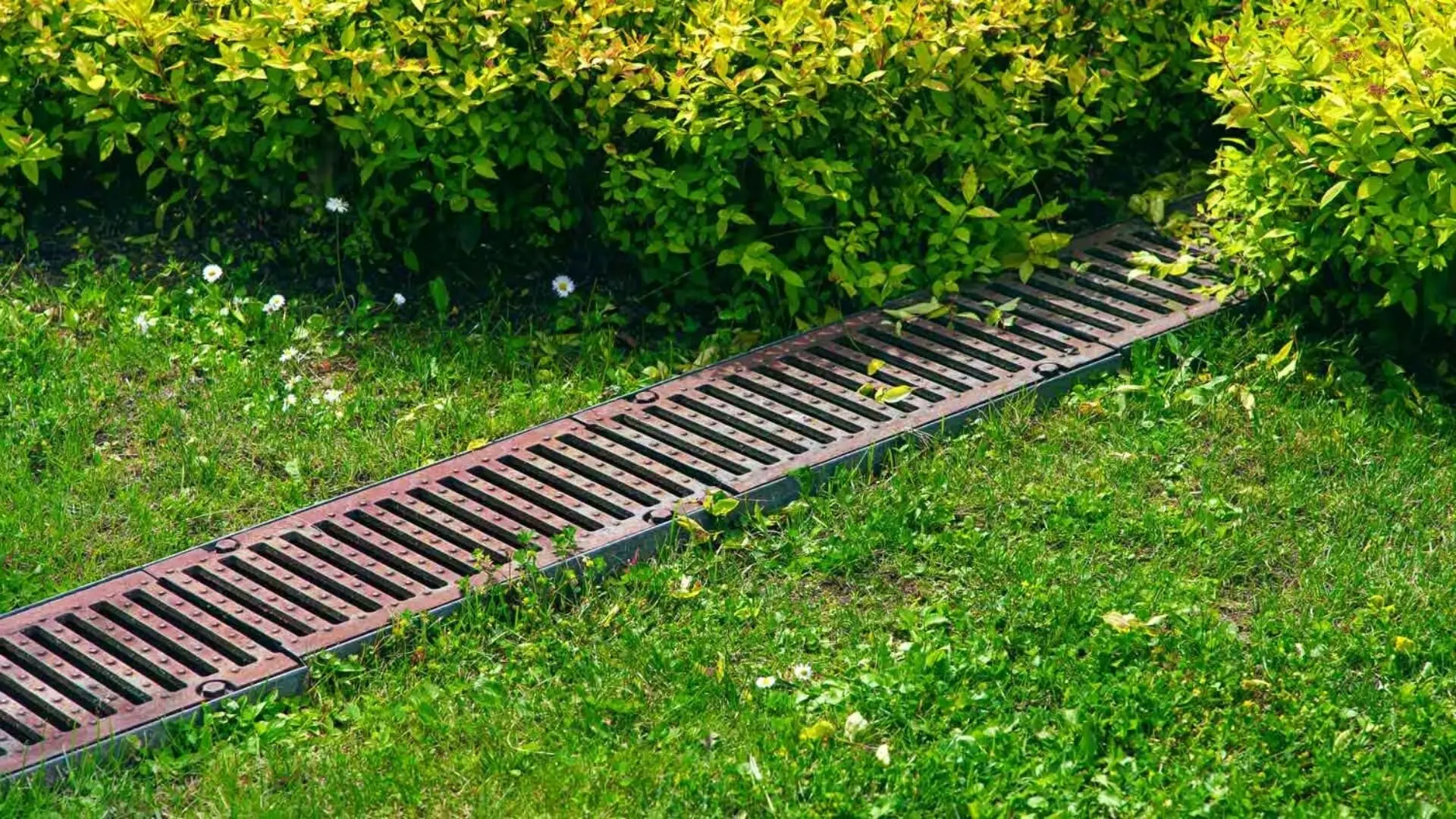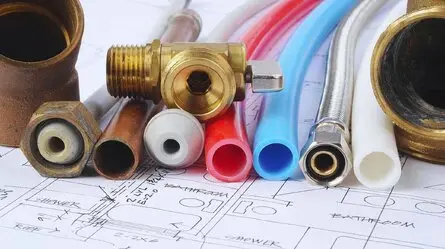Ever wondered about the different types of drainage systems and their crucial role in water management? Well, you’re in the right spot! We’ll dive into the various types and their functions.
We will provide valuable insights, whether you’re a homeowner, a builder, or someone interested in understanding the fundamentals of drainage. From surface drainage systems to subsurface solutions, we’ll uncover the diverse methods used to effectively control water runoff, prevent flooding, and ensure the stability of our infrastructure.
Let’s dive into this educational journey to uncover the different types of drainage systems and their importance in water management.
Understanding Drainage Systems
Drainage systems are crucial in managing water flow and preventing flooding and water damage. A drainage system is a network of pipes, channels, and structures designed to collect and redirect excess water away from an area.

Understanding the basic components and principles of drainage systems is key to appreciating their role. Typically, a drainage system has three main parts: collection, conveyance, and discharge. The collection phase gathers water from various sources, like rain, runoff, or wastewater, using surface inlets, gutters, or subsurface drains.
Once gathered, the water is transported through a network of pipes, channels, or ditches. This conveyance system ensures that water flows smoothly to a discharge point, like a river, retention pond, or treatment facility.
Finally, the discharge phase involves releasing the water safely and appropriately. This can be done through outlets, culverts, or stormwater management systems that regulate the flow and prevent any adverse impact on the surrounding environment.
Four Types of Drainage Systems

Surface Drainage System
Surface drainage systems are essential to effective water management, particularly in areas prone to heavy rainfall or surface runoff. These systems are designed to collect and redirect excess water from the surface, preventing standing water and potential damage to structures and landscapes.
Various surface drainage systems are commonly used, each with its purpose and advantages. Let’s explore some of them:
French Drains
French drains are gravel or rock-filled trenches containing a perforated pipe. They are installed below ground level to redirect water away from areas prone to water accumulation, such as basements or low-lying landscapes.
Swales
Swales are shallow, vegetated channels that collect and convey water across a landscape. They help slow down the water flow, allowing it to infiltrate the soil and prevent erosion.
Gravel Trenches
Gravel trenches are similar to French drains but without the perforated pipe. They are filled with gravel or crushed stone and serve as a conduit for water to flow away from problem areas.
Surface Inlets and Catch Basins
Surface inlets and catch basins collect water from paved surfaces like roads or parking lots. They direct the water into underground pipes or stormwater management systems to prevent surface flooding. Meanwhile, a slope drain diverts flowing water from a structure through a slope drainage system.
Subsurface Drainage System
Subsurface drainage systems are designed to remove excess water below the ground surface, helping control water table levels and prevent waterlogging. These systems are beneficial in areas with high water tables, heavy clay soils, or locations where surface drainage alone is insufficient.
Here are some common types of subsurface drainage systems:
Tile Drainage Systems
Tile drainage systems involve the installation of a network of perforated pipes, known as tiles, below the ground surface. These tiles collect excess water from the soil and transport it to an outlet or a drainage ditch, effectively lowering the water table and improving soil conditions for crops or structures.
Deep Well Systems
Deep well drainage systems are used in areas with very high water tables. They involve installing vertical wells equipped with pumps to lower the water level deep underground.
Horizontal Drainage Systems
Horizontal drainage systems consist of buried perforated pipes placed at a specific depth to intercept and collect subsoil water. The collected water is then discharged into an appropriate outlet or drainage system.
Vertical Drainage Systems
Vertical drainage systems, or wellpoint systems, are commonly used in areas with saturated soils or construction sites. They involve installing closely spaced vertical pipes fitted with filters to draw water from the surrounding soil and lower the water table.
Urban Drainage Systems
Urban drainage systems are critical infrastructure in cities and urban areas that manage stormwater runoff and prevent flooding. These systems are designed to efficiently collect, convey, and control the flow of rainwater and wastewater from urbanised areas. Two primary types of urban drainage systems exist: combined sewer systems and separate sewer systems.

Combined sewer systems collect stormwater runoff and wastewater in a single pipe network, then treat them at a wastewater treatment plant. Separate sewer systems, on the other hand, have separate pipes for stormwater and wastewater, keeping them independent. Additionally, stormwater management systems, including retention ponds and detention basins, are commonly used in urban areas to store and slowly release excess stormwater, reducing the risk of flooding.
Urban drainage systems are crucial for maintaining a safe and functional urban environment, protecting infrastructure, and safeguarding public health by preventing waterborne diseases and minimising the impact of heavy rainfall events.
Sustainable Drainage Systems (SuDS)
Sustainable Drainage Systems (SuDS) are innovative approaches to managing surface water runoff in a sustainable and environmentally friendly manner. Unlike traditional drainage systems, which focus on rapidly removing water, SuDS aims to mimic natural processes and integrate green infrastructure to manage and treat runoff at its source.
SuDS techniques include permeable pavements, green roofs, rain gardens, and constructed wetlands. These techniques allow for the infiltration, storage, and slow release of rainwater into the ground, reducing the burden on conventional drainage systems and preventing flooding. Additionally, SuDS helps improve water quality by filtering pollutants and sediments before they reach natural water bodies.
Navigating Australia’s Diverse Drainage Systems
Understanding the different types of drainage systems is essential for effective water management and maintaining the integrity of your property. From surface drainage systems to subsurface solutions, each type serves a specific purpose in redirecting water runoff and preventing potential issues like flooding and water damage.
Woolf Plumbing is dedicated to providing exceptional plumbing and drainage services. Whether you need a drain inspection or want to upgrade your plumbing and drainage system, our skilled team is here to help from Kiara to Manning.
Reach out to us today to make sure your drainage system is in top shape, tapping into our expertise. Rely on Woolf Plumbing for all your drainage needs, and let us help ensure your property is safe and functional.




